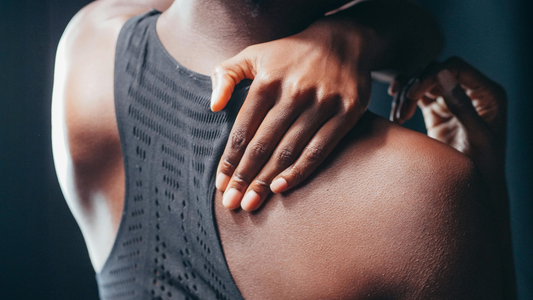Squats are the king of lower-body exercises—praised for building strength, burning calories, and keeping your joints healthy. Yet even seasoned gym-goers fall victim to common squatting mistakes that can stall progress and increase the risk of injury. If your knees ache, your lower back is sore, or you’re not seeing the gains you want, you might be guilty of one (or more) of these frequent squat blunders. Here’s what science and expert trainers say are the top slip-ups—and how you can fix them today.
1. Letting Knees Cave In
When your knees buckle inward during a squat, it’s more than a bad habit—it’s a major risk factor for knee pain and injury. This issue, often called “knee valgus,” places unnecessary stress on your joints. Studies and physical therapists agree that keeping your knees aligned with your toes helps distribute weight safely and strengthens the muscles around your knees (B Physical Therapy, 2023; Davis et al., 2024).
How to Fix It:
Drive your knees outward as you lower and rise. Imagine gently spreading the floor apart with your feet. Practice with bodyweight squats and add light resistance bands just above your knees to build muscle memory.
2. Heels Coming Off the Ground
Are your heels lifting as you squat deeper? This shifts your body weight, reduces muscle activation, and increases the risk of falling or straining your knees and back. Proper form requires your feet to remain planted throughout the entire movement (Healthline, 2024).
How to Fix It:
Before lowering, make sure your entire foot—from heel to toes—stays in contact with the floor. If it’s difficult, tight ankles may be the cause. Spend time stretching your calves and improving ankle mobility. It's perfectly okay to reduce squat depth or weight until you can keep your heels down.
3. Allowing Your Chest to Drop
If your chest collapses forward during a squat, it turns the movement into more of a “good morning” exercise—which puts strain on your lower back and limits the benefits to your legs and glutes. A lifted chest and braced core stabilize your body and ensure you're engaging the correct muscles (Davis et al., 2024).
How to Fix It:
Look straight ahead and keep your chest tall. Before each squat, brace your core as if preparing for a light punch to the stomach. Record yourself or use a mirror to check your posture—it’s a game changer.
Quick Tip:
Record yourself from the side while squatting. You’ll spot mistakes you never noticed and make safer, more effective progress.
The Squat Takeaway:
Perfect form boosts your results, prevents injury, and helps you enjoy squats for life. Remember: quality over quantity always wins when your technique needs work. Keep practicing, focus on the basics, and progress will follow.
References
B Physical Therapy. (2023). The Importance of Perfect Squat Form.
Davis, N., Bubnis, D., & Hildreth, D. (2024). Proper Squat Form: 10 Variations, Barbells, Common Mistakes. Healthline.
Healthline. (2024). Proper Squat Form: 10 Variations, Barbells, Common Mistakes.




